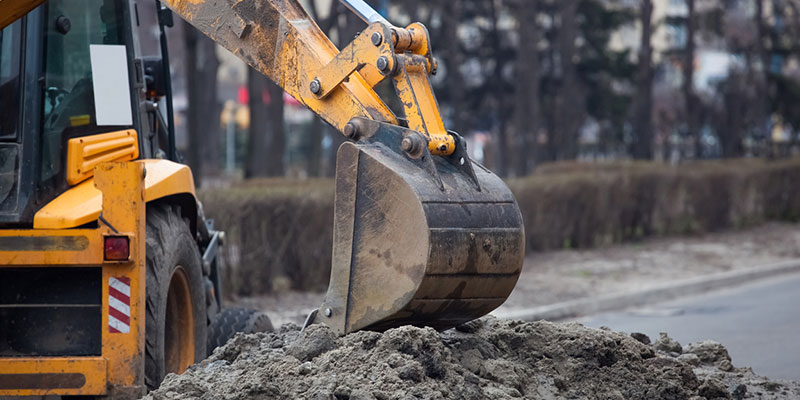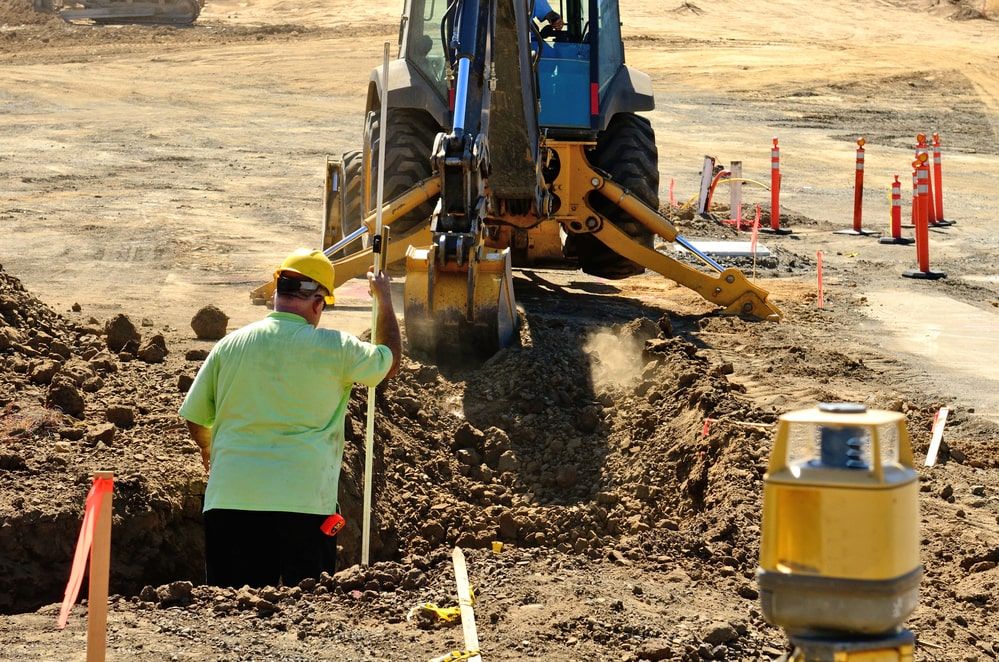Lancaster Excavation - Specialist Excavation Services in Lancaster, OH
Lancaster Excavation - Specialist Excavation Services in Lancaster, OH
Blog Article
In-Depth Exploration: The Scientific Research Behind Superior Excavation Practices
The world of excavation practices is a domain where science links with workmanship to discover the enigmas concealed beneath the earth's surface. From ancient hand devices to modern-day hydraulic excavators, the evolution of excavation methods has actually been a testament to human ingenuity and technical innovations. However, what genuinely establishes superior excavation practices apart is a deep understanding of geological principles, combined with the use of sophisticated devices and techniques. By checking out the science behind these practices, we can reveal the secrets that lie below our feet and appreciate the accuracy and experience that enter into every dig.
Advancement of Excavation Techniques
Throughout background, the development of excavation methods has actually played a crucial duty in progressing building practices and historical discoveries. From the rudimentary devices utilized by our forefathers to the innovative equipment used in contemporary times, the progression of excavation techniques has considerably transformed exactly how we come close to various tasks.
In ancient times, manual labor with standard tools such as shovels, pickaxes, and wheelbarrows was the key method of excavation. This labor-intensive procedure limited the depth and extent of excavations, frequently leading to slow progression and restricted access to particular sites. Nonetheless, as civilizations advanced, so did the techniques and tools used for excavation.
The Industrial Transformation noted a transforming factor in excavation methods with the introduction of steam-powered equipment. This development reinvented the area, permitting faster and much more considerable excavations. In contemporary times, technology plays an essential duty in excavation, with advancements like GPS systems, drones, and 3D scanning improving accuracy and effectiveness in the field. The evolution of excavation techniques remains to shape the way we develop, check out, and recognize the globe around us.
Function of Modern Technology in Excavation

The assimilation of cutting-edge innovation has essentially transformed the field of excavation, boosting precision and performance to unprecedented degrees - lancaster excavation. One of the crucial technological improvements that has actually considerably affected excavation practices is the usage of General practitioner systems.
Furthermore, the development of 3D modeling and simulation software has structured the preparation process for excavation projects. Drivers and engineers can now picture the entire excavation process before breaking ground, maximizing and identifying possible difficulties operations. In conjunction with this, the application of drones in excavation tasks has actually facilitated aerial studies, volumetric dimensions, and website evaluations with unequaled speed and accuracy.
Geological Principles in Excavation
An understanding of geological principles is essential for ensuring the structural honesty and security of excavation websites. Geological variables play an essential duty in identifying the feasibility and safety of excavation projects (lancaster trenching). One essential geological principle to think about is the kind of dirt or rock existing at the website. Various dirt kinds, such as crushed rock, clay, or sand, have differing levels of stability and require different excavation strategies. For example, natural dirts like clay might require added assistance to stop collapses, while sandy soils might be susceptible to disintegration during excavation.
Additionally, the geological framework of the location, consisting of faults, cracks, and rock formations, must be meticulously examined to identify possible threats and difficulties. Excavating near geological fault or unsteady rock formations can lead to instability and prospective risks. By performing detailed geological surveys and evaluation, engineers and excavators can establish approaches to alleviate risks and make certain the successful conclusion of excavation projects. Inevitably, incorporating geological concepts into excavation techniques is vital for achieving risk-free, efficient, and lasting outcomes.

Most Current Tools for Excavation
In the world of excavation techniques, contemporary technologies in tools have revolutionized the effectiveness and precision of excavation processes. One of the newest tools making waves in the industry is using drones equipped with advanced imaging technology. These drones can provide detailed airborne studies of excavation websites, using real-time data on topography and prospective hazards. browse around this site This details help in far better planning and decision-making during the excavation procedure.
Another cutting-edge device acquiring popularity is the execution of 3D printing innovation for creating personalized excavation devices. This permits the manufacturing of specialized devices that are customized to the specific demands of a project, boosting performance and lowering downtime.
In addition, advancements in products scientific research have actually caused the advancement of stronger and much more sturdy excavation tools. dump truck companies in ohio. Tungsten carbide-tipped excavator accessories, for instance, offer premium performance in difficult ground conditions, improving performance on-site
Science's Influence on Excavation Practices

Furthermore, clinical study on soil auto mechanics and geotechnical design has offered beneficial insights into soil habits, permitting excavation professionals to make educated choices regarding excavation methods and soil stablizing strategies. Overall, science continues to drive advancement and renovation in excavation practices, making excavation projects much more effective, cost-efficient, and lasting.

Verdict
Finally, the advancement of excavation methods has been considerably influenced by developments in technology and a much deeper understanding of geological concepts. The most up to date tools and equipment made use of in excavation have actually improved efficiency and accuracy in the area. The application of scientific expertise has actually substantially improved excavation practices, bring about extra sustainable and reliable approaches for excavating various sorts of products.
In the world of excavation techniques, modern technologies in devices have actually changed the efficiency and precision of excavation processes. By leveraging scientific principles, the excavation industry has been able to considerably improve efficiency, accuracy, and security in excavation processes. GPR permits excavation groups to non-invasively scan and map subsurface structures, energies, and possible dangers, enabling them to plan excavation tasks with better precision and reduced threat of mishaps.
Furthermore, scientific Recommended Site study on soil mechanics and geotechnical design has provided beneficial understandings into dirt habits, allowing excavation specialists to make educated choices relating to excavation techniques and dirt stabilization techniques. On the whole, science proceeds to drive advancement and improvement in excavation techniques, making excavation jobs more effective, affordable, and lasting.
Report this page